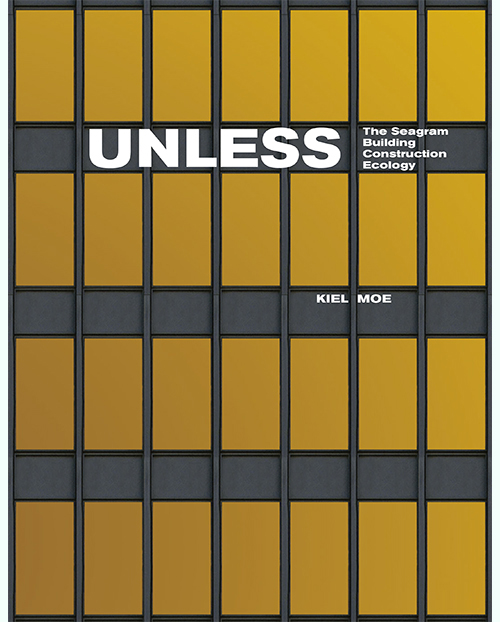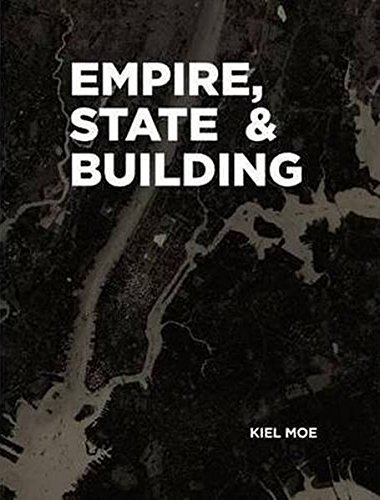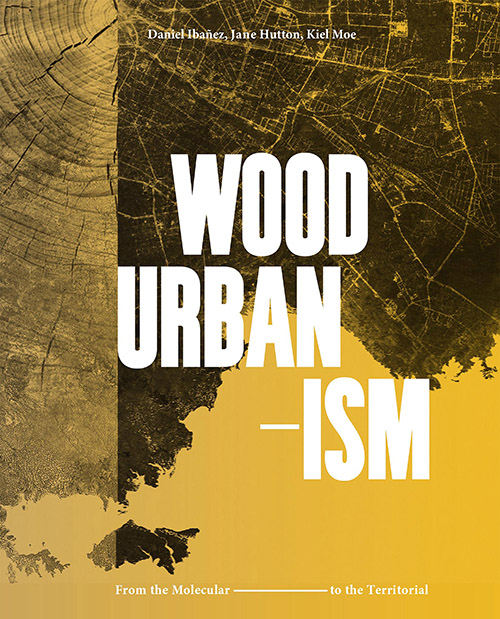Authors/kiel moe

Kiel Moe is a practicing architect and the Gerald Sheff Chair in Architecture at McGill University. In recognition of his design and research endeavors, he was awarded a Fulbright Distinguished Chair in Helsinki; the Gorham P. Stevens Rome Prize in Architecture at the American Academy in Rome, the Architecture League of New York Prize, and the American Institute of Architects National Young Architect Award. He has published ten books on architecture including Empire, State & Building; Wood Urbanism: From the Molecular to the Territorial; Insulating Modernism: Isolated and Non-Isolated Thermodynamics in Architecture; Convergence: An Architectural Agenda for Energy; and Thermally Active Surfaces in Architecture.
kiel-moe







